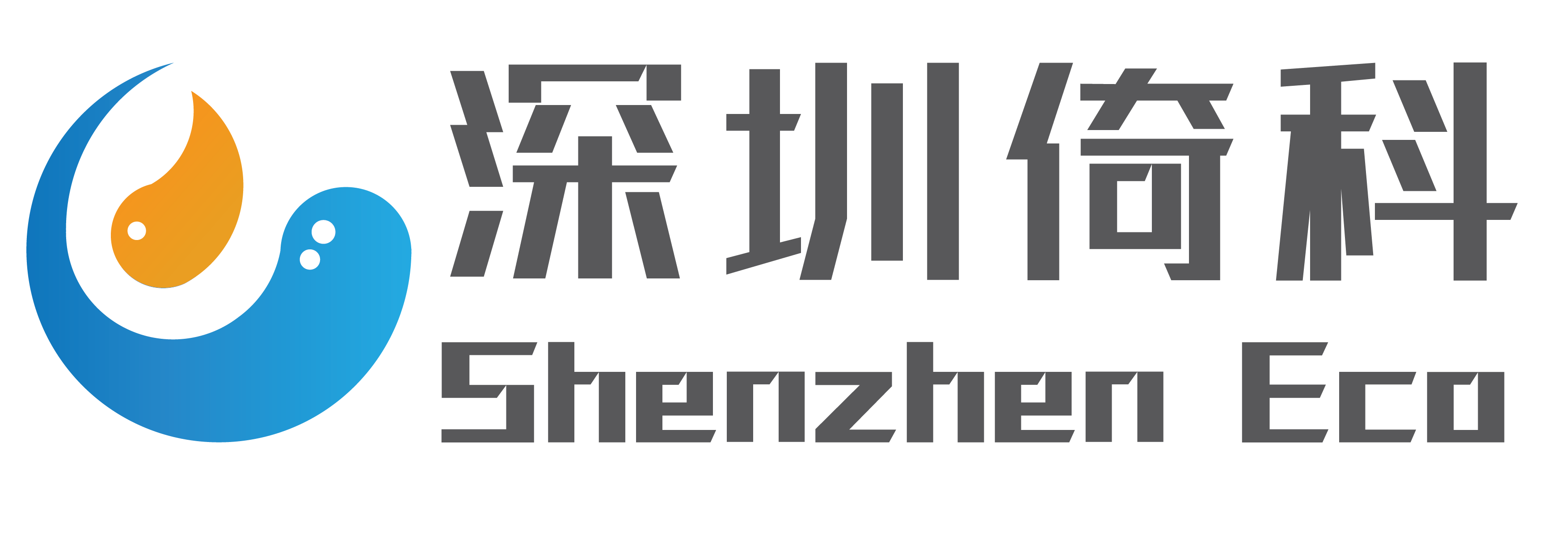-
DFL-A? Drilling fluid technology improves drilling efficiency by more than 30%2017-8-15 15:27
Venue: southeast of Poker Lake Field, new MexicoOperators face challenges
The major operators in the southeast of the poker lake area of new Mexico are experiencing technical bottlenecks when performing horizontal multi-branch drilling. They are trying to take advantage of existing RIGS and equipment to lift the business to a new level. They target the improved drilling fluid to reduce drilling resistance and improve drilling parameters. These Wells are drilled in basic water-based mud, and the focus on drilling fluid technology is the economic return of their technology investment. Therefore, they require drilling fluid technology not only to reduce friction, but also to increase the drill speed (ROP) of the drill in the build section and the multi-branch horizontal segment.
Solution for EGS
EGS Analyzes the business operators, against them in poker lake area when drilling in deflecting section and the difficulties of multi-branch horizontal well segment, guidance to complete the design of the drilling fluid technology for environmental security, and other standards of lubricant products on the market, DFL don't change the characteristics of drilling fluid, because it is a "bond fortifier" rather than liquid lubricant. DFL was designed to reduce the contact friction, reduce the friction heat production, to reduce the differential pressure flow (including equivalent circulating density (ECD) and the stand pipe pressure (SPP), reduce the casing and drill pipe, equipment and bit wear and improve the rate of penetration (ROP).
Value added
The drill, limited to their drill, can only reach speeds of up to 20 feet per hour in the build-up and horizontal drilling. When drilling out of casing shoes and 500 feet of formation and establishing a basic drilling rate (ROP), the operator has joined EGS's DFL in their drilling fluid. The percentage of DFL is linear with ROP. When the concentration of DFL reaches the specified 3% volume ratio (V/V), ROP increases to more than 100 feet/hour, with the increase of more than 500%. In addition to improving the drilling speed, adding DFL also increases the stability of the well wall, so the operators do not need to complete the operation of the borehole (postdrilling reaming) when the casing is produced. Overall operational efficiency improved by more than 30 percent, more than the operator's economic viability
-
DFL-A? Drilling fluid technology improves drilling efficiency by more than 30% 2017-8-15 15:27
Location: dubai offshore Persian gulf, united Arab emiratesOperators face challenges
A major operator in the Middle East has had difficulty with pipe hang up, cutting Windows, and sidetracking in the Persian gulf. Due to their drilling is a sensitive formation, so you need to find a can reduce friction coefficient but does not change its special mud additive system characteristics, thus more efficient drilling the well.
EGS of The fortifier design team worked with the operator to develop the optimal drilling fluid solution to help them reduce friction and improve the performance of drilling fluid. The final team decided to use EGS's DFL-A product. Because DFL-A has excellent lubrication effect, harmless and environmentally friendly. Unlike other standard lubricants on the market, DFL-A does not change the characteristics of drilling fluid because it is A "bonding agent" rather than A fluid lubricant. DFL was designed to reduce the contact friction, reduce the friction heat production, to reduce the differential pressure flow (including equivalent circulating density (ECD) and the stand pipe pressure (SPP), reduce casing, drill pipe, equipment and bit wear and tear, and increase drilling rate (ROP).
Value added
In order to sidetrack and open the window in the casing, the operator tried to sidetrack without adding DFL- A. With the increase of weight, the slimy phenomenon affects the operation process, and the drill speed of the side drill (ROP) hovers around 15 feet per hour. The operator then added 1% of dfl-a to its mud system. When the DFL-A reaches the position of the bit, the speed of the drill will rise from 15 feet/hour to more than 55 feet/hour, with A 330% increase. The rotary speed increases from 60 feet per hour to more than 130 feet per hour, with more than 110%. The operator successfully completed the drilling of the well.
